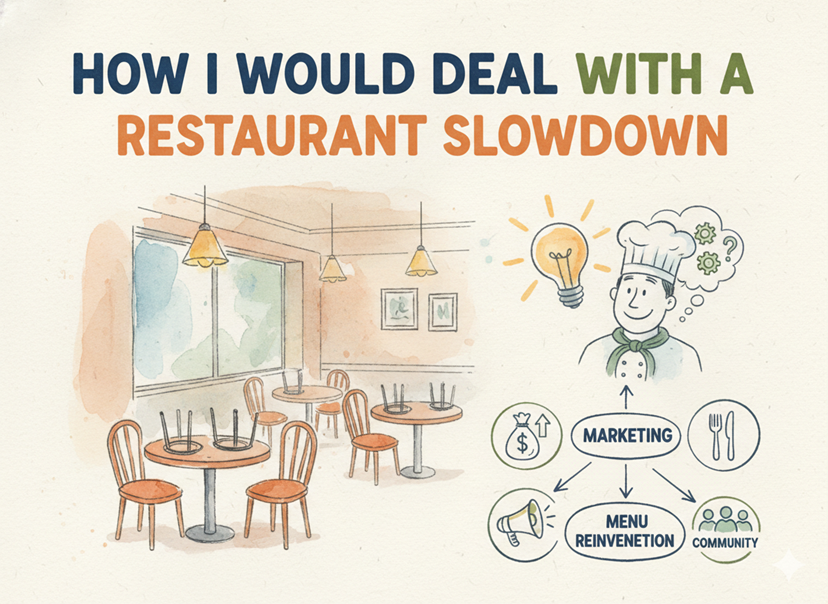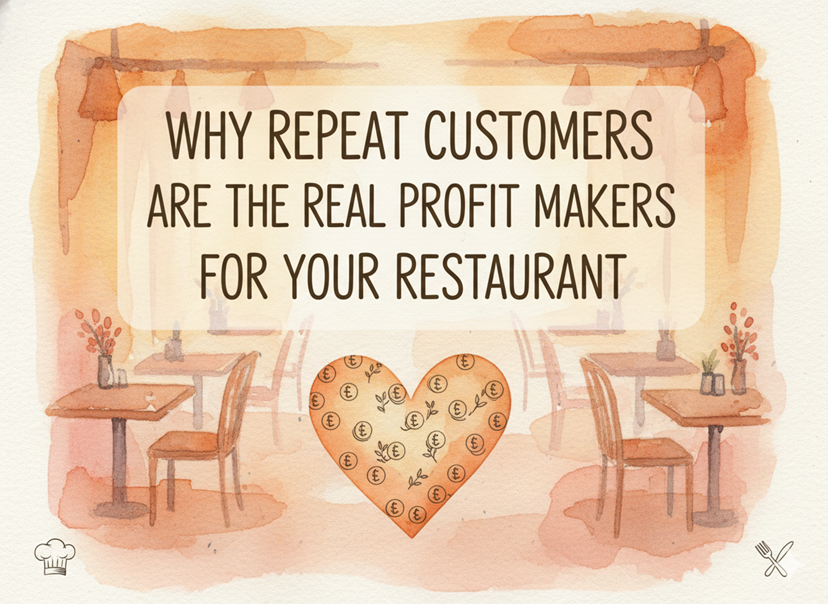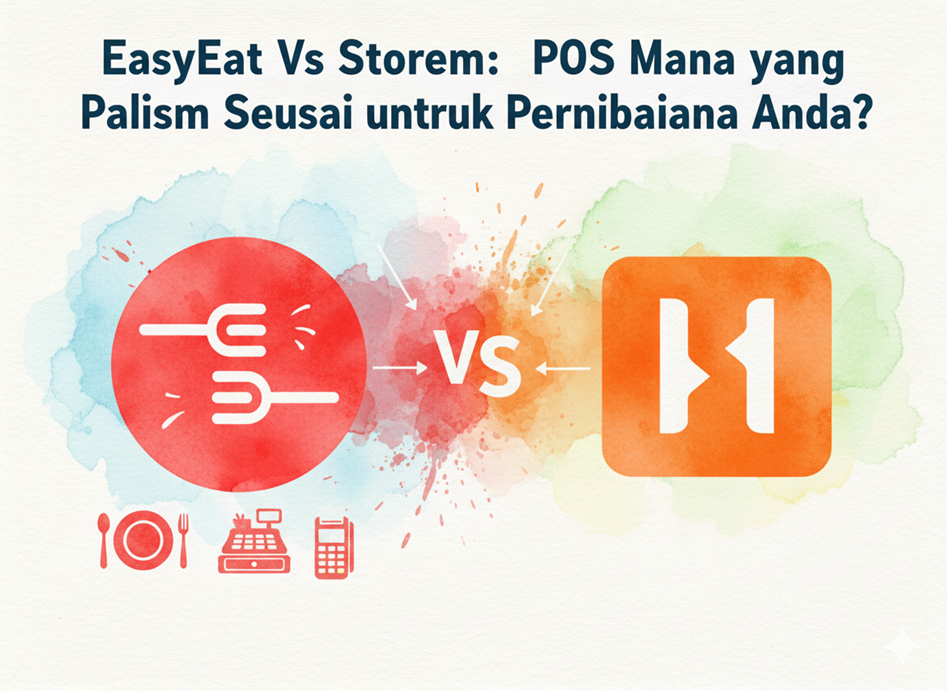If you’re looking to run a profitable restaurant, one of the first things to get under control is food costs. Spending unnecessarily can quickly eat into your profits. The good news is there are practical ways to reduce food costs while still serving great meals. Here are 10 effective ways you can cut down on your food expenses.
1. Keep a Close Eye on Inventory
Inventory control is key to managing food costs. You need to know what you have, how much you use, and what’s getting wasted. Use the best way to track inventory with digital tools or a POS system that tracks stock in real time. According to a report by Retail News Asia, food wastage in Malaysia is high, especially during peak seasons, so tight stock control can help you save money by preventing spoilage and over-purchasing.
2. Forecast Demand
Good forecasting helps you predict how much stock you need. This way, you won’t order more than necessary. Use data from your inventory management system to forecast sales. If you regularly track sales trends, you’ll be able to stock up only on what you need, which prevents both overstocking and shortages. Forecasting and inventory management go hand-in-hand for cost savings.
3. Monitor Your Food Cost Percentage
Your food cost percentage is the portion of sales that goes toward food expenses. For most restaurants, food costs should be around 25-35% of sales. Keeping this percentage under control helps ensure your margins are healthy. If you find your percentage creeping up, it’s time to review your expenses.
4. Use Seasonal Ingredients
Seasonal ingredients are usually cheaper and fresher. When you base your menu on what’s in season, you’ll get better prices from suppliers and improve your food quality. Seasonal dishes also allow for menu variety, giving customers something new while saving you money. This is an excellent way to cut down food costs without sacrificing flavor.
5. Streamline Your Menu
A large menu requires stocking many ingredients, which increases food costs. Instead, simplify your menu by focusing on a few core dishes. This allows you to use similar ingredients across different dishes, reducing wastage. This is one of the best ways to save on stock and improve kitchen efficiency. In fact, streamlining your menu can reduce food waste by up to 10%, according to a study by the World Wildlife Fund.
6. Negotiate with Suppliers
If you haven’t negotiated with your suppliers recently, you could be missing out on savings. Establish good relationships and ask for discounts, bulk pricing, or flexible payment terms. Some suppliers may offer deals for long-term contracts or loyalty, which can help reduce costs. Always compare prices from multiple suppliers to get the best deal.
7. Portion Control
Large portion sizes can lead to unnecessary food waste. Train your staff to measure portions accurately. Standardized portions ensure consistency in quality and control over food expenses. You could also consider adjusting portion sizes on your menu to better match what customers typically eat. This method not only reduces food waste but also controls your food costs efficiently.
8. Reduce Waste in the Kitchen
Kitchen waste is one of the biggest contributors to rising food costs. Reducing kitchen waste can significantly impact your profits. You can do this by utilizing every part of the ingredient. For example, vegetable trimmings can be used for stocks, and leftover meat can be repurposed into new dishes.
9. Offer Special Deals on Surplus Ingredients
When you find yourself with extra stock, don’t let it go to waste. Offer daily specials to help sell surplus ingredients before they spoil. Not only will this help control stock, but it also gives customers an incentive to try something new. Promoting “specials” is a clever way to keep your menu fresh and save money at the same time.
10. Use Technology for Better Stock Control
Investing in technology like a POS system that includes inventory control can help you track stock in real time and spot trends in food usage. A good POS system will automatically update your stock levels every time an order is placed, making it the best way to track inventory and reduce waste. Automation can also help by alerting you when stocks are running low or flagging items that aren’t selling well. This can prevent you from over-ordering and minimize waste.
Controlling food costs is vital for your restaurant’s success. By implementing these strategies, you can keep expenses under control while still delivering a great experience to your customers. Monitoring your food cost percentage, improving inventory management, and using forecasting to predict demand are all effective ways to cut down food costs. With these 10 tips, you can reduce your costs and boost your restaurant’s profitability.
In Malaysia, where food waste is a big issue, managing your stock and reducing waste can have an even greater impact on your profits. Whether it’s by reducing kitchen waste, negotiating with suppliers, or using technology to track inventory, every small change you make can add up to significant savings.
If you’re wondering how to save money in a restaurant, start by focusing on food costs. From forecasting and inventory management to streamlining your menu, there are many ways you can reduce your costs and run a more efficient operation. Start implementing these strategies today to see the benefits in both your budget and the quality of food you serve.




